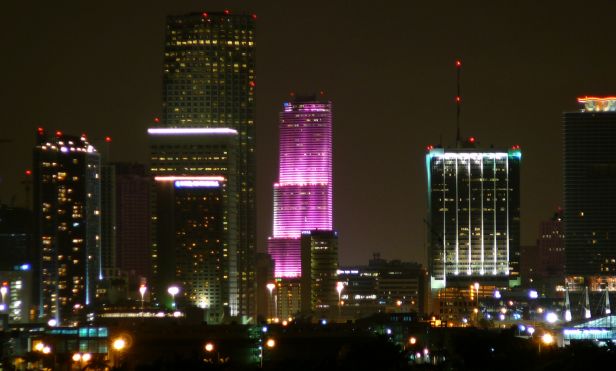
MIAMI—Miami has long been known as the Gateway to Latin America, but increasingly global investors are flocking to the Magic City. Russians, Chinese and Europeans, among others, continue eyeing Miami.
Hugo Machin, co-head of Global Real Estate Securities at Schroders, global asset manager with $577 billion in assets under management, is especially bullish on Miami. He tells GlobeSt.com Miami has many elements his firm looks for when investing in a city.
“The foundations are built on the trade and infrastructure that fuels the economy,” Machin says. “When assessing the constituents of the Schroders Global Cities index, we see cities that are exposed largely to just one industry as potentially vulnerable to structural downturns.”
In Miami's case, it has a number of strings to its bow: a strong service sector, tourism and its role as a trade hub. But Latin America is the key to Miami, with 65% of the population speaking Spanish.
“There is also a sense that Miami is maturing and shaking off its seedy image of the 1980s,” Machin says. “The arts scene is cementing Miami as a vibrant international hub. This is a strong fillip to the already well-established financial services sector in the city. Miami ranks high on the Schroders Global Cities index and we think it is well-positioned to continue to grow.
Machin notes Miami International Airport (MIA) plays an important role in the city's appeal. MIA has more scheduled non-stop cargo flights to Latin America and the Caribbean than Orlando, Houston, New Orleans, Atlanta, Tampa, and New York's Kennedy airports combined. MIA and the General Aviation Airport's annual economic impact on Miami-Dade County is approximately $26.7 billion.
“Meanwhile, Miami boasts an impressive rail network,” Machin says. “The Metrorail is a 25-mile dual track, elevated rapid transit system, which currently uses 136 train cars. Then there is the free, mass transit, automated Metromover, a 4.4-mile electrically powered and fully automated railway which connects with Metrorail and Metrobus stations. The Metrobus system serves all the major shopping, entertainment and cultural centers in the Miami-Dade County 365 days a year.
“We think a vibrant arts scene is crucial in announcing that a city has arrived,” Machin says. “Cultural attractions provide a further leg-up in economic consumption, as locals and visitors look to spend more time in a city, making it a destination and not just a place to do business.”
© 2025 ALM Global, LLC, All Rights Reserved. Request academic re-use from www.copyright.com. All other uses, submit a request to [email protected]. For more information visit Asset & Logo Licensing.







